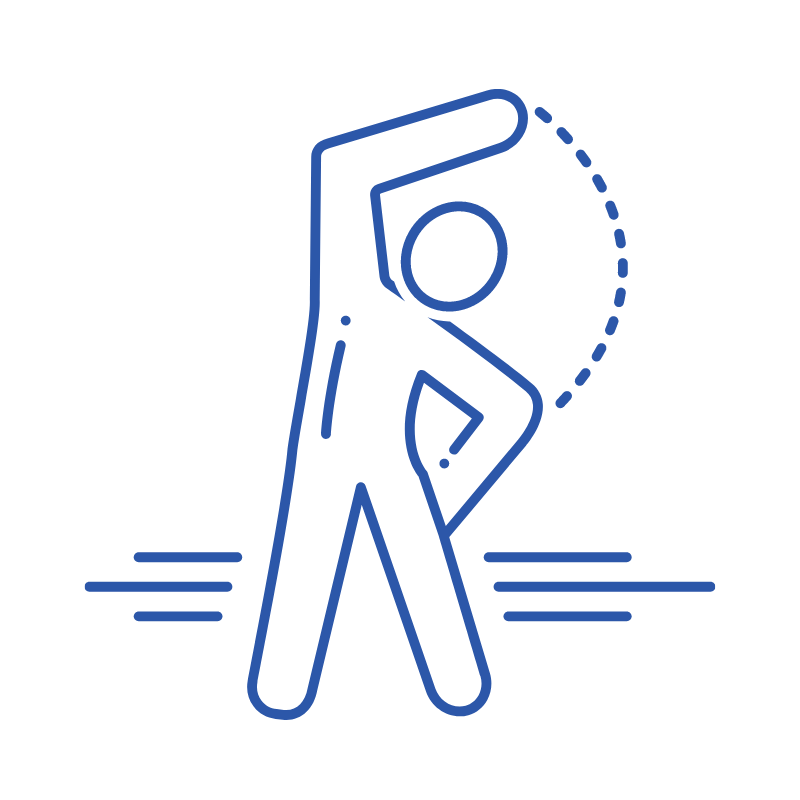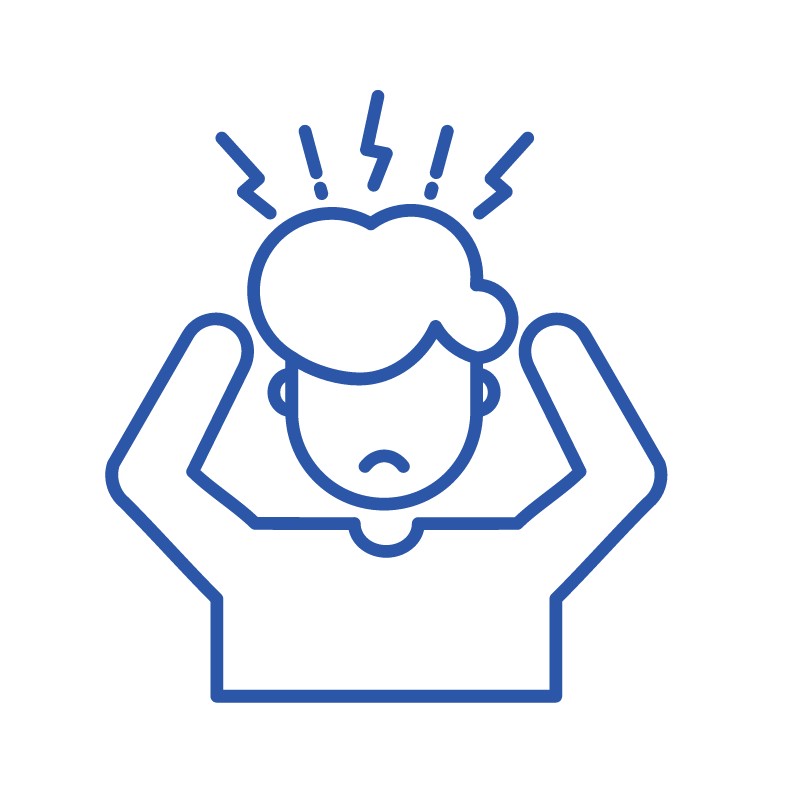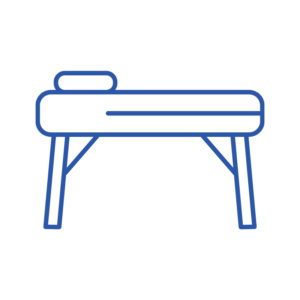Piriformis Syndrome is a neuromuscular disorder caused by the compression or irritation of the sciatic nerve by the piriformis muscle.
At Vitalis Physiotherapy, our treatment aims to:
Piriformis Syndrome is a neuromuscular disorder caused by the compression or irritation of the sciatic nerve by the piriformis muscle.
At Vitalis Physiotherapy, our treatment aims to:



The piriformis muscle connects the sacrum to the top of each thigh bone (femur). The muscle is crucial in stabilising the hip joints and facilitating rotating movements of the hip, leg and foot. The anatomy of the sciatic nerve varies person to person. In what is classified as normal relationship, the piriformis is superior to the sciatic nerve. Other variations have the nerve superior to the muscle or even going through the middle of the muscle, increasing the likelihood of irritating the sciatic nerve. Piriformis syndrome involves the piriformis muscle causing irritation of the sciatic nerve, resulting in pain and limited movement.

This is an anatomical cause where the actual anatomical positioning of the Piriformis muscle to the sciatic nerve causes the issue. Variations, such as a split piriformis muscle, split sciatic nerve, or an anomalous sciatic nerve path increase the chances of developing primary piriformis syndrome. Among patients with piriformis syndrome, fewer than 15% of cases have primary causes.
Secondary piriformis syndrome occurs as a result of an injury or accident to the region, resulting in macrotrauma, microtrauma or ischemia (reduced blood flow). This leads to inflammation and irritation, which compresses the nearby sciatic nerve.
Piriformis Syndrome can be triggered by the following:
The cause and symptoms of piriformis syndrome are similar to and could mask other musculoskeletal conditions. This is why it is best to seek expert assessment to determine the cause of your pain.


More often than not, pain is triggered by activities and movements which aggravate the muscle. Avoid positions or movements which worsen the pain.
At Vitalis Physiotherapy, we assess and treat pirifomis syndrome through a specific treatment plan tailored to your recovery needs. This can be through:
The physiotherapist may also advise you to rest, ice or heat the area depending on the cause and, if necessary, recommend medication which may relieve pain.


If you have piriformis syndrome, or you’re looking for a ‘physiotherapist near me’, our physios at Vitalis Physiotherapy can assess your condition to tailor a unique rehabilitation plan to aid in your pain relief and recovery.
All you need to do is just give us a call on 0410 559 856 and request an initial appointment. Please let our friendly reception staff know the background and severity of your condition.
You can visit our FAQs for more information about appointments at Vitalis Physiotherapy.
Are you in pain caused by piriformis syndrome? Contact Vitalis Physiotherapy now to book in your treatment.
Call our friendly team on 0410 559 856. We’d love to help.
3/58 Oldfield Road, Sinnamon Park Qld 4073